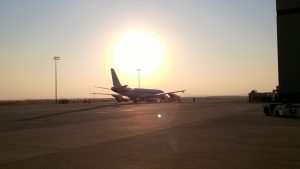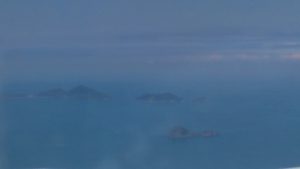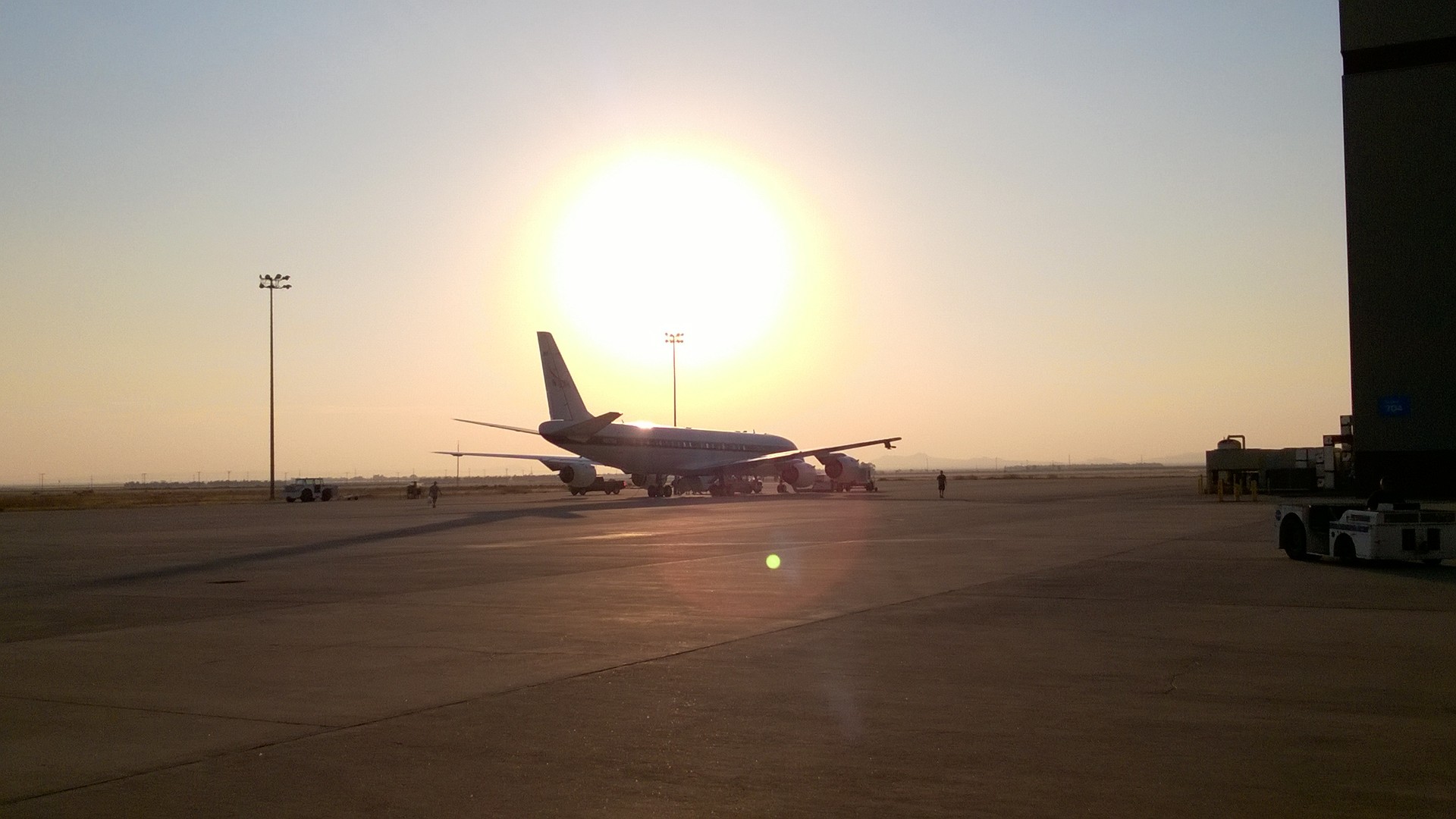For those of you that were following me during KORUS-AQ, you can now see this is a very busy summer for me, collecting observations. Yesterday marks the first research flight of ATom-1, but you may be wondering what ATom is and why there is a 1 behind it.

The NASA DC-8 during the first research flight pre-flight preparations.
ATom stands for Atmospheric Tomography, which basically means that we will be flying around the world. However, if we only did this mission once, there would be lingering concerns and doubts that we may have missed important features associated with the different seasons. This is where the number comes in. We will be conducting this mission four times during all four seasons, and this mission represents the northern hemisphere summer and southern hemisphere winter (skiing anyone in New Zealand?).
But this still doesn’t tell you what the point of ATom. If you recall from my prior posts (and if not, you can find them here and here), we need to understand the emissions and chemistry of these emissions in large urban areas to better understand the local and regional health and climate impacts. This is an area of research with a lot of open questions that I am actively pursuing in my career, currently.

Tale of two extremes. Picture of islands off South Korea that can barely be seen due to the haze.
Another important question, though, is what happens to this pollution, especially pollution that remains in the atmosphere for weeks to years, once it leaves the region. ATom is actively researching this aspect, trying to sample remote air to understand the impact of very old pollution in clean regions. We are trying to learn what the fate of this pollution is, including how long it stays in the atmosphere, what areas it impacts, and the global impact of pollution from cities. Understanding this global aspect of pollution is important for improving the policies and agreements made by various countries and the global models that attempt to capture these features.

Tale of two extremes. Very clear air over equatorial Pacific.
From this video, below, made by NASA, you can see the flight plan we will be doing to sample remote atmospheres.
You can follow what is going on with this mission by the series that NASA has been doing, following the numerous field studies this year, or by other scientists that are part of the mission along with the posts I’ll be providing throughout the mission.

